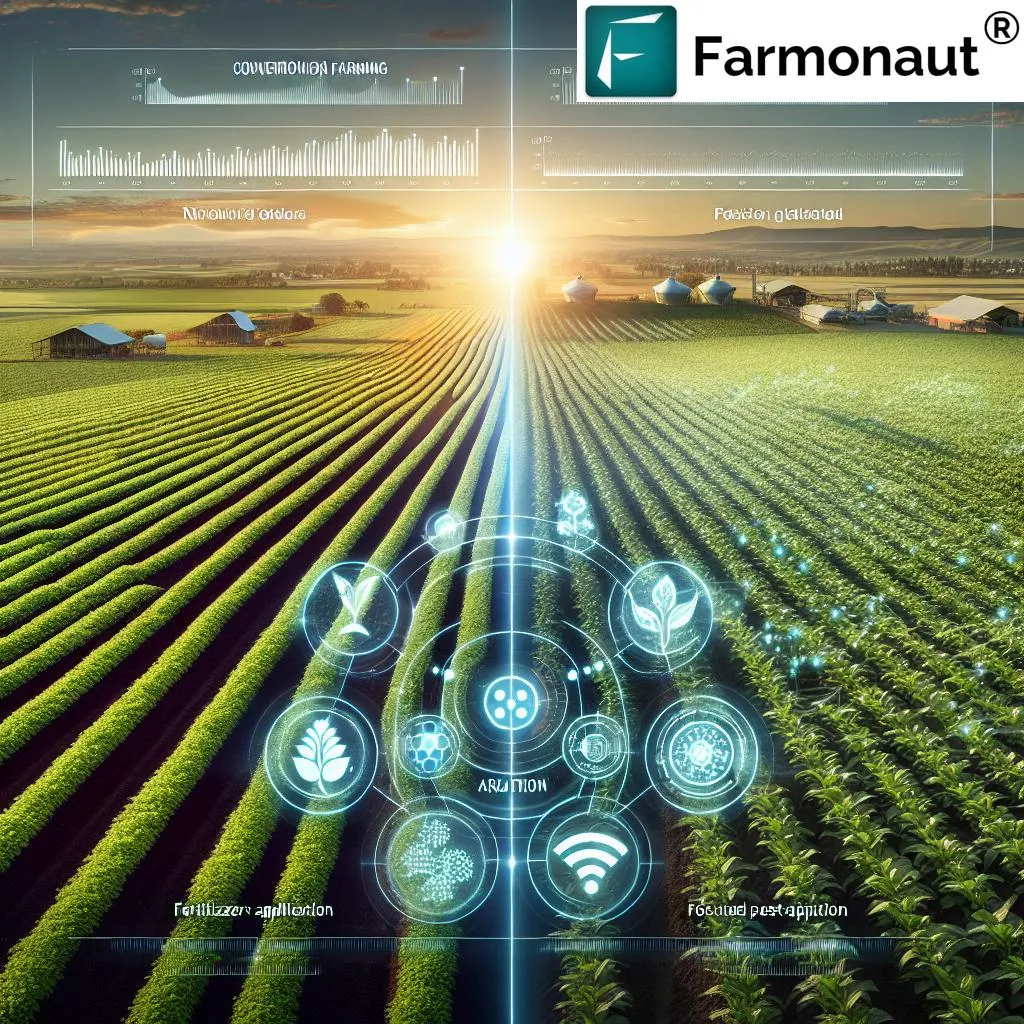For centuries, farming has been a dance with nature, a delicate balance of planting seeds and hoping for the best. Farmers relied on experience, seasonal patterns, and a bit of luck to coax harvests from the earth. But the dance has grown more complex. Climate change is causing unpredictable weather patterns, the global population is set to reach 9.8 billion by 2050, and resources like water and fertile land are becoming scarcer. Traditional farming methods, which often react to problems after they appear, are no longer sufficient. Farmers need tools to predict and prevent issues before they arise. This is where artificial intelligence (AI) steps in, offering a transformative shift from reactive to predictive agriculture.
Reactive farming often means spotting problems only after damage is done. By the time crops show visible signs of distress, yields may have already dropped by 20% or more. Farmers might overcompensate with excessive use of fertilizers or pesticides, wasting resources and harming the environment. Agriculture already consumes 70% of the world’s freshwater, much of it inefficiently. Add to this the challenges of unstable markets, disrupted supply chains, and climate change, and it’s clear that reactive farming is like driving while only looking in the rearview mirror—you’re always behind.
AI changes the game by turning fragmented data streams into actionable insights. Satellites, sensors, and historical records provide a wealth of information that AI can analyze to generate farm-specific forecasts. These forecasts allow farmers to adjust planting or irrigation strategies before problems strike. Automated cameras and drones can detect early signs of issues, enabling quick, targeted interventions that reduce chemical use. AI-enabled sensors monitor soil health in real-time, ensuring that fertilizers and water are applied precisely where and when they are needed. On the business side, AI can predict harvest sizes and market trends, helping farmers plan better and maximize their income. The real power of AI lies in its ability to connect the dots—weather, soil, crops, and markets—so farmers can act before problems escalate.
The urgency of adopting AI in farming cannot be overstated. Climate change threatens to reduce global crop yields by more than 11% by the end of the century if left unchecked. With arable land and freshwater reserves shrinking, the need for resource-efficient cultivation is more critical than ever. Global food security is fragile, and AI offers a promising path to a steady, sustainable food supply. Additionally, rural labor shortages, driven by aging farmer populations and urban migration, demand autonomous equipment to maintain productivity. AI is not just a luxury; it’s a necessity for the future of farming.
AI’s impact is already being felt across six continents. In India and sub-Saharan Africa, small farmers receive smartphone alerts that combine localized weather data with pest-risk indices, leading to yield increases of 20-30% in staple crops. In North America and Western Europe, companies like John Deere have developed autonomous tractors and drones that apply fertilizers and herbicides with precision, cutting costs and reducing environmental impact. In Latin America, AI systems help coffee and sugarcane farmers predict ripening times, improving both quality and profits. Vertical farms in Singapore and the Netherlands use closed-loop AI control systems to modulate light, temperature, and nutrient dosing, achieving yields up to 400 times greater per acre than traditional farming. These success stories demonstrate AI’s scalability, from small plots to large-scale operations.
However, challenges remain. The upfront cost of drones, multispectral cameras, and robotics can be prohibitive for small farmers, who collectively produce a significant share of the world’s food supply. Connectivity gaps in rural areas hinder real-time data transfer, limiting the functionality of cloud-based analytics. Digital literacy is another hurdle, as seasoned farmers may distrust algorithms and dashboard outputs they don’t fully understand. Data ownership also poses complications, with farmers concerned about who controls the information collected from their fields. Addressing these barriers requires affordable technologies, government subsidies, open-source tools, and farmer-friendly education programs.
For AI to truly transform farming, it must be accessible, sustainable, and ethical. Combining AI insights with farmers’ own experience, rather than replacing it, is crucial. Making tools available in local languages through mobile apps and low-cost sensors can bridge the digital divide. Data sharing between governments, universities, and companies can improve accuracy. Building AI systems that promote regenerative practices, such as crop rotation and soil restoration, is essential. Ensuring fair access and strong data privacy protections for farmers is also vital. If done right, AI can help create a future where farms are not only more productive but also more environmentally friendly and resilient.
Agriculture stands at a crossroads. Continuing with reactive methods will lead to lower yields, more hunger, and damaged ecosystems. Embracing AI’s predictive power offers a different future—one where farmers prevent problems before they happen

